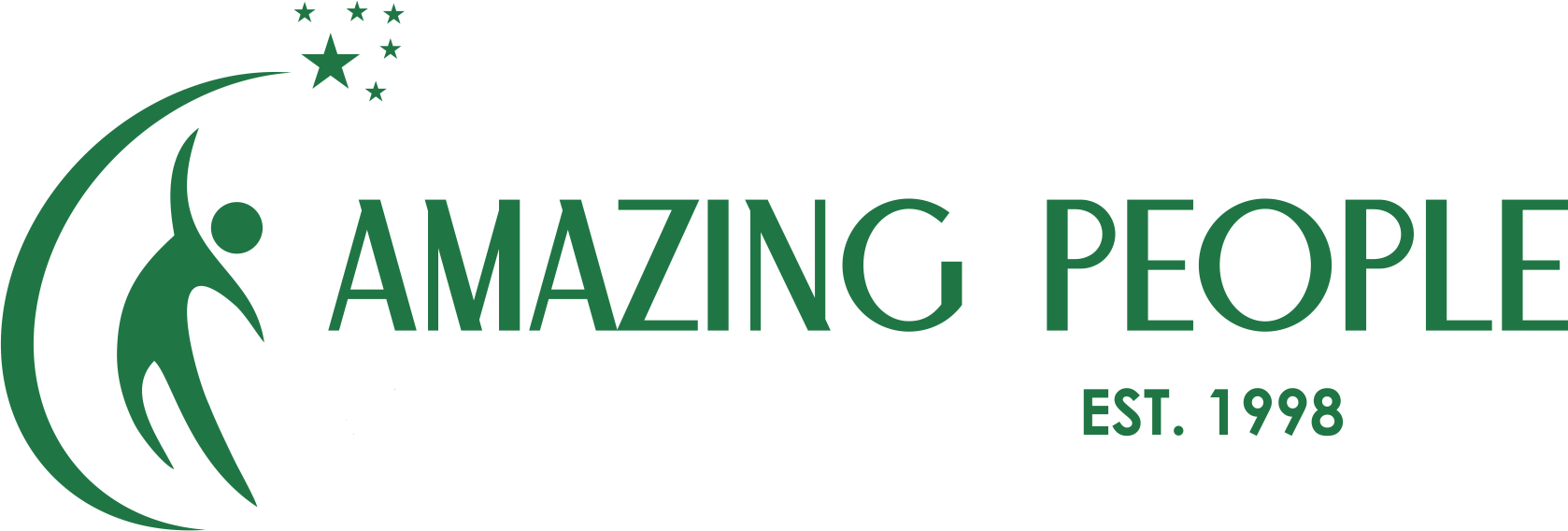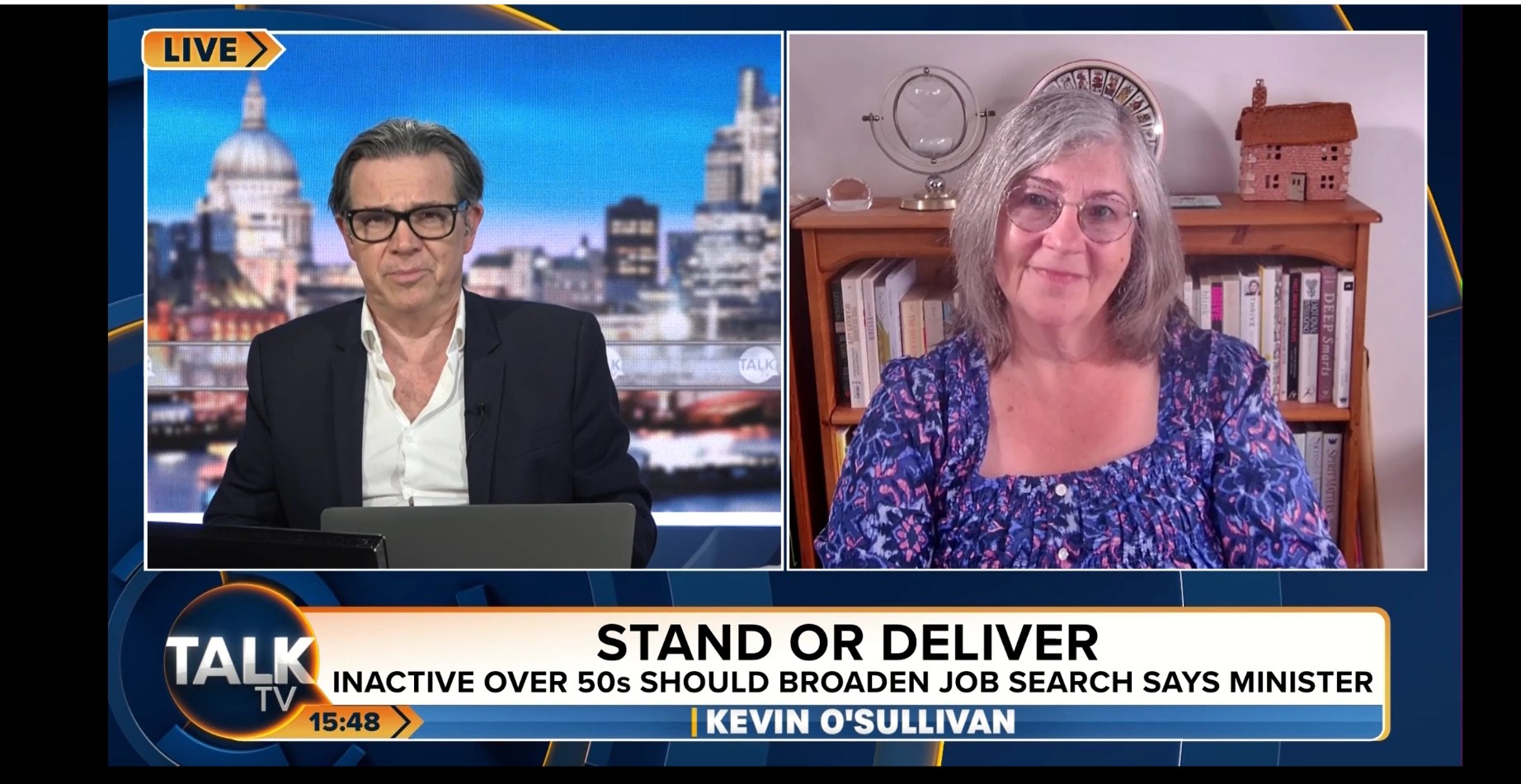Application Tracking Systems (ATS) have been used for years, and I wrote about this in 2013, see the article here and revised below.
What most people don’t know is that now there are many different systems – 200+ and that how they work has changed, originally they were designed to read documents like a scanner, now they read the code of a document.
Now you can use formatting like bold, italic, underline, shading and borders. All these make your CV look better and help to emphasise key data. They make your CV look good and so you don’t need to have a plain one for uploading.
The ATS system won’t read text within a graphic, so if you include e.g. a sales graph that won’t be scored, but all other text on the page will be. So, rather than rely on an image you also need to include the detail in text form. Be careful about adding text into a text box as that won’t be seen by the ATS software.
Whilst most ATS systems can read PDFs it is better to be safe and save as .doc format (word compatibility mode) rather than the .docx format as many companies still use older systems.
You still stand a much better chance of getting shortlisted if you can get your CV into the hands of a real person, rather than uploading to go through this ATS system. Focus more on your LinkedIn profile and networking ability to get your CV into the hands of the right person.
Recognising that many people will apply online I want to ensure people are following best practice.
Revised version of article created in April 2013
Organisations are using Applicant Tracking Software to help manage the high volume of applicants who apply for jobs that are advertised online. Many applicants are poorly qualified for jobs they apply for and there just isn’t the time to skim read all application. The ATS software scans for key words related to a job.
That’s why key words are important. The software may miss well qualified candidates who don’t include enough key words but as long as the organisation finds a qualified candidate they are happy. Another reason for using this system is that the organisation can prove that it is not discriminating against people as it is the ATS system which has shortlisted candidates.
Let’s look at what you need to do to get through this shortlist.
1. Use Keywords
You must use enough of the right key words. I explain more on this here.
Pay close attention to the job ad but don’t just copy what’s included in the job ad. CVs that match too closely are treated with suspicion. It’s better to paraphrase and choose similar words to include. If you aren’t sure what words to include start by reviewing the job profiles on e.g. the National Career Service website. Also look at job adverts, job sites showing job profiles and through fact finding interviews.
You can also identify relevant words through looking at the company’s website. Organisations use words differently so look for the ways they describe key qualities and values. Using similar will help show you as a good fit.
Don’t just stuff your CV full of ‘buzz words’ like hard worker and self-starter but include words relevant for the job you are targeting. If you get shortlisted, you will need to be able to provide an example to back up each key word.
2. Use action bullets
Think like an applicant tracking system (ATS) and provide the key skills and key achievements they will search through. They want to see how you have made a difference in your jobs, and how what you have done relates to the requirements of the job. Use action words to start each bullet.
3. Use headings
The ATS software expects to see headings such as Experience, Professional Experience, Education so if you usually use creative heading, in this case use more conventional ones.
4. Create a summary section
The ATS is looking for a summary section, so write one which includes the value you bring and also details on how you will increase profits, decrease expenses, exceed targets.
5. Beware the functional CV
ATS systems don’t like functional CVs as they are set up to digest chronological formats. You may need a conventional CV for when the software will be used.





